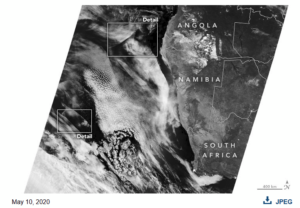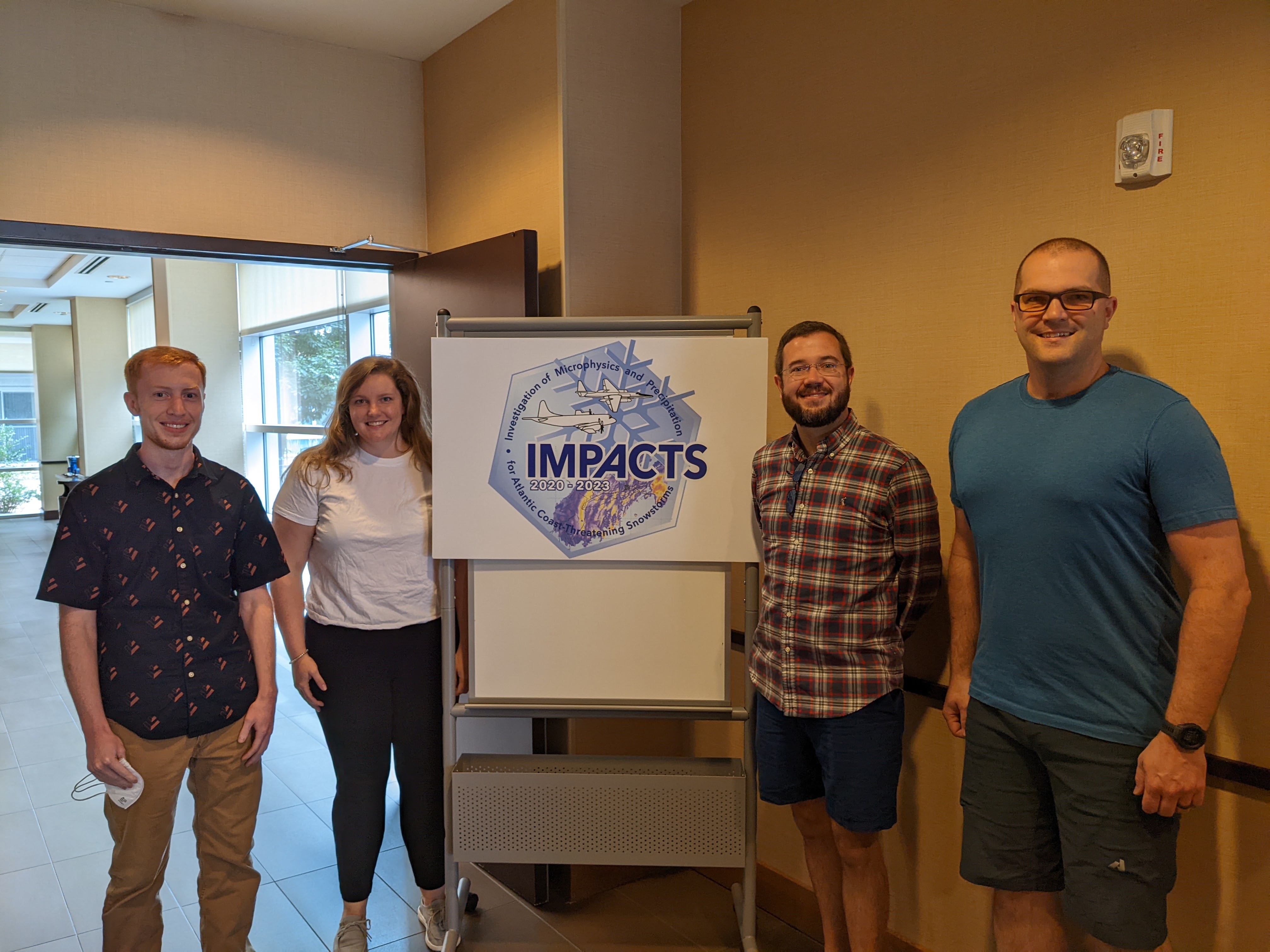
Luke Allen, Laura Tomkins, Matthew Miller, and Kevin Burris at the NASA IMPACTS Science Team Meeting in Boulder, Colorado.
Luke, Laura, and Kevin presented posters accessible here.
Matt presented a talk on improved design of aircraft legs. Sandra Yuter attended remotely and gave a talk on “Obstacles in the Interpretation of Cause and Effect between Kinematics and Microphysics within Storms” which synthesized our group’s research.
Author: yuter
2022 Summer Undergraduate Research Symposium
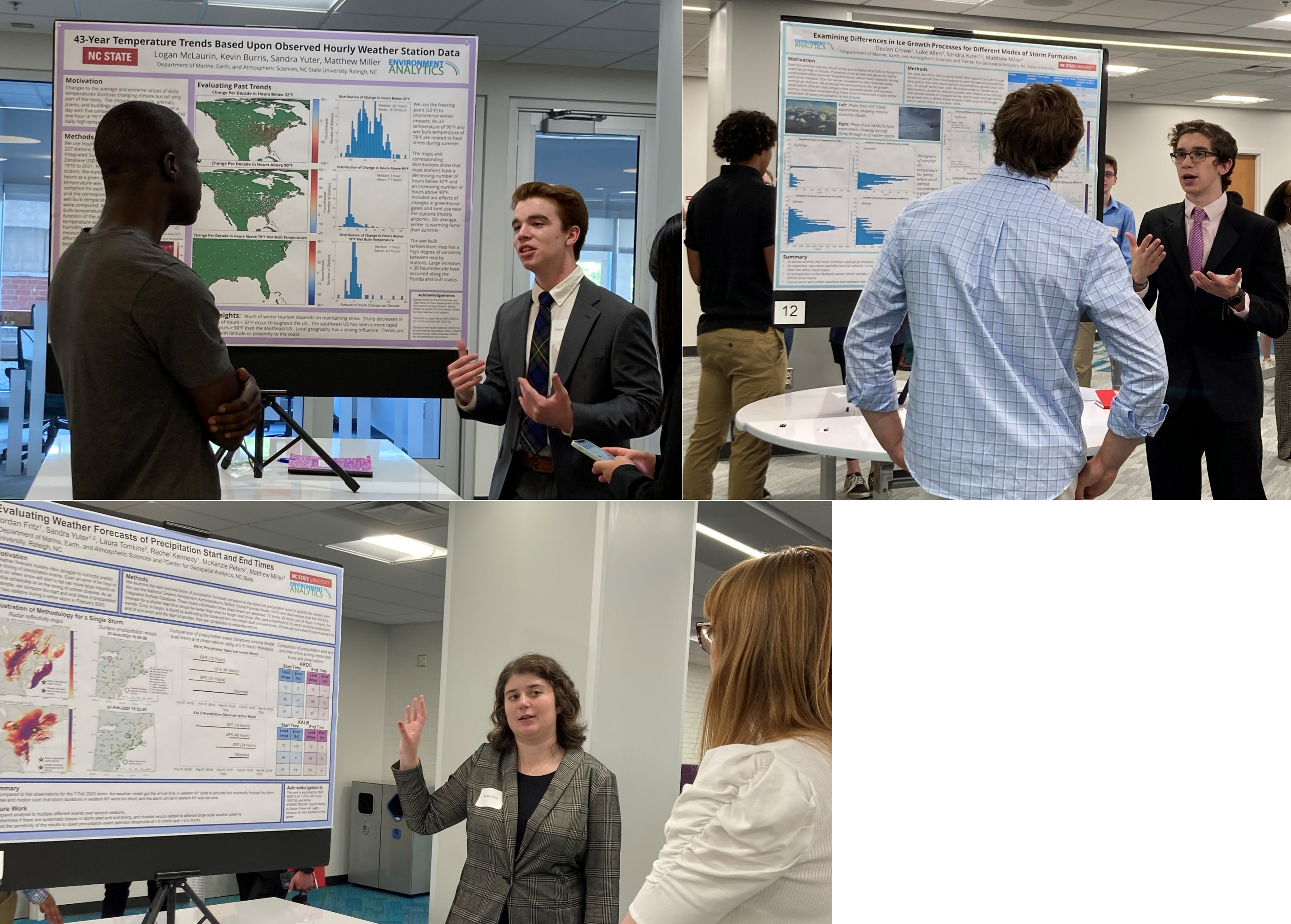
Logan McLaurin, Declan Crowe, and Jordan Fritz presenting their posters at the NCSU Undergraduate Research Summer Symposium on 26 July 2022.
Their posters are accessible here.
With Helium in Short Supply, Scientists are Worried
Piece on National Public Radio Marketplace program from 26 May 2022 featuring an interview with Dr. Yuter.
Loss of Data as Weather Balloon Flights Are Cut
New York Times article: Forecasters Face Loss of Data as Weather Balloon Flights Are Cut, https://nyti.ms/3uVqeIv, published 5 April 2022.
The National Weather Service has cut back on weather balloon launches at some of its sites because of shortages of hydrogen and helium used to lift them, potentially affecting forecasts and weather and climate research.
The cutbacks, coupled with the closing of a launch site on Cape Cod last year that has yet to reopen, could especially affect forecasting in the New York-New England area, some scientists said.
“We can’t go back and get that data,” said Sandra Yuter, a professor at North Carolina State University and an expert on remote sensing of meteorological data. “We’re going to have big gaps.”
Dr. Yuter said the cutbacks showed that the weather service was not placing high enough priority on weather balloons, which have been a staple of the agency’s observations for nearly a century.
Dr. Yuter said that balloon data helps scientists understand the structure of the atmosphere and “feeds into our understanding of what will happen as the climate changes.”
NASA IMPACTS field program winter 2022
During January 2022, group members Matthew Miller, Kevin Burris, Luke Allen, Laura Tomkins, and Sandra Yuter all had key roles in the NASA Investigation of Microphysics and Precipitation for Atlantic Coast-Threatening Snowstorms (IMPACTS) field program.
An article about the research flight on 29 Jan 2022 during an east coast blizzard was published in Popular Science.
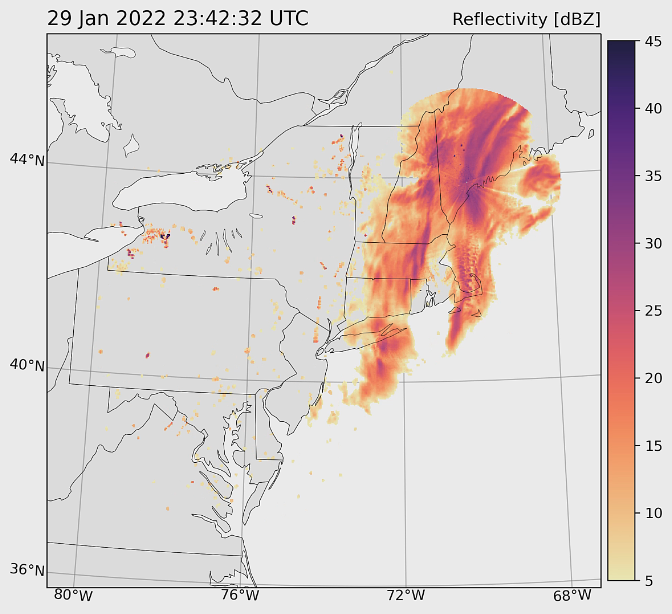
Diurnal Cycle of Winter Season Temperature Errors paper published in GRL
Our research utilizing a relational database of matched weather forecasts and observations has been published in the AGU journal Geophysics Research Letters. (link to article)
We evaluated the output from weather forecast models compared to observations at 210 airports across the United States during the November 2019 to March 2020 winter season. We focused on near-surface air temperature errors in the Global Forecast System (GFS) and High- Resolution Rapid Refresh (HRRR) weather models for different times of day and subsets of observed weather conditions. The GFS is 1°C too warm at night and 2°C too cold during the day in conditions with <= 50% and <= 25% cloud cover. The daily high and low temperatures have smaller errors in the HRRR model, which has different algorithms than the GFS model. Model refinement and development efforts would benefit from a focus on accurate representation of the diurnal cycle of temperatures as this basic characteristic of weather can reveal strengths and weaknesses in the model physics.
Continue reading “Diurnal Cycle of Winter Season Temperature Errors paper published in GRL”
Kent M.S. Thesis Defense
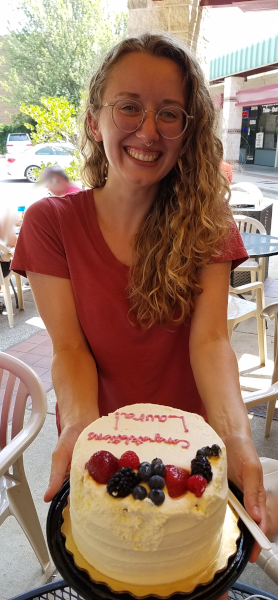 Laura Kent celebrates her successful oral defense on 5 August 2021 of her Master’s thesis “Multi-year Analysis of Ice Streamers Within Coastal Northeast US Winter Storms”.
Laura Kent celebrates her successful oral defense on 5 August 2021 of her Master’s thesis “Multi-year Analysis of Ice Streamers Within Coastal Northeast US Winter Storms”.
Delta Air Lines work highlighted
Environment Analytics group’s highlighted in NCSU Partnerships story.
Yuter elected to UCAR Board of Trustees
Distinguished Professor Sandra Yuter has been elected to the University Corporation for Atmospheric Research (UCAR) Board of Trustees for a 3-year term starting in February 2021. UCAR manages the National Center for Atmospheric Research in Boulder, Colorado as well as community programs focused on earth observations and data services (UNIDATA and COSMIC), education and training (GLOBE, SciEd, COMET), research to operations (JCSDA), and scientific partnerships (CPAESS).
NASA Image of the Day “Nighttime Waves Over the South Atlantic”
Environment Analytics research group’s work was featured in a NASA Image of the Day “Nighttime Waves Over the South Atlantic”
